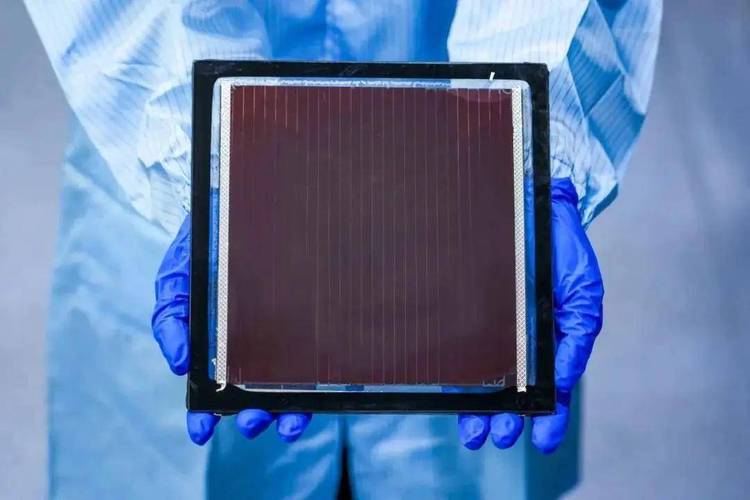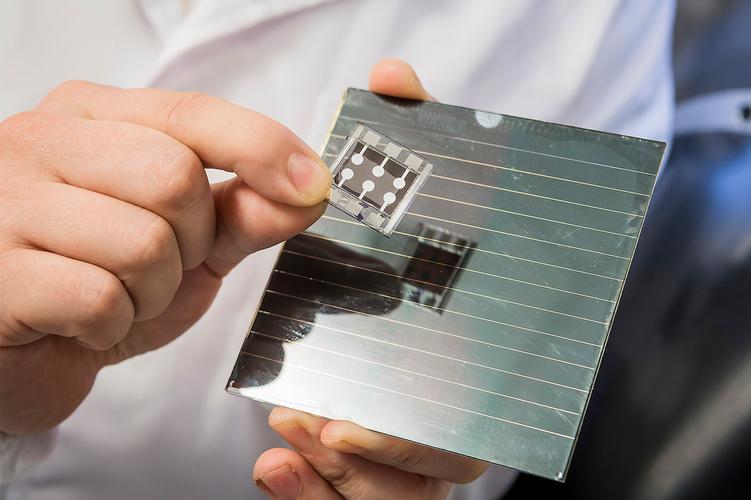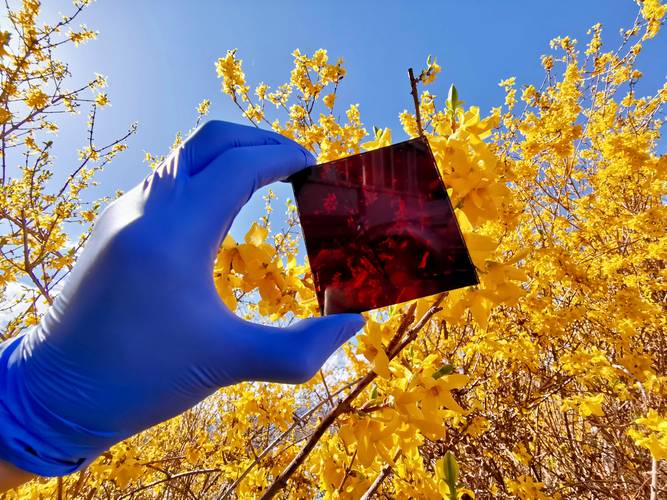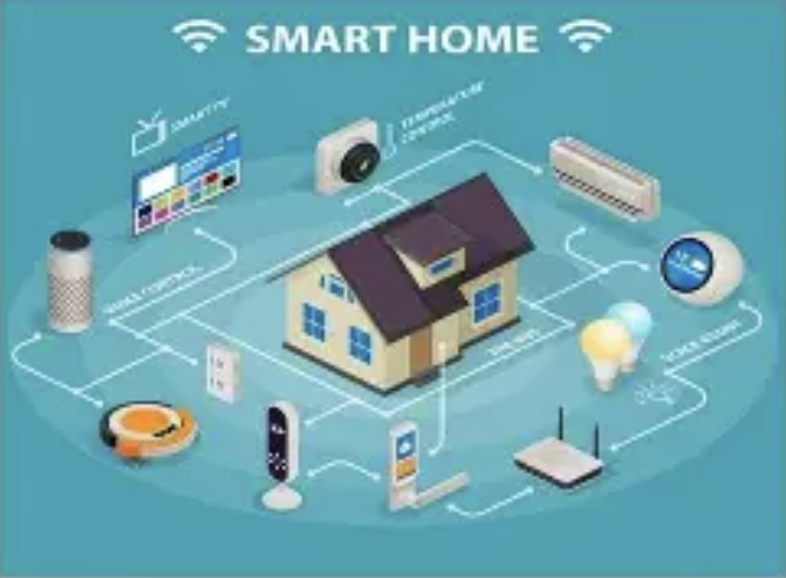From Heavy to Agile: How Perovskite Is Redefining Solar Power
The sun has always shone upon us, yet humanity's true mastery of turning sunlight into usable energy is surprisingly recent. For decades, we've relied on silicon wafers to make solar cells, converting sunlight into electricity. But silicon is like a warrior clad in heavy armour-reliable, yes, but bulky and expensive. Scientists began searching for a new material that could be lightweight, flexible, affordable, and still highly efficient. Slowly, the answer began to emerge: perovskite.

The name perovskite might sound like a mysterious mineral from a science fiction story, but in reality, it's a special class of crystalline materials capable of efficiently absorbing sunlight and converting it into energy. Unlike rigid, square silicon, perovskite is more like a "gummy candy"—it can be made into thin, bendable films. This means that solar panels of the future may not be heavy blocks but rather transparent stickers, gently applied to windows, rooftops, or even clothing, soaking up sunlight wherever we go. But the road from the lab to the real world is rarely smooth. Perovskite, for all its promise, is a moody material. If its crystals don't form just right, efficiency drops or lifespan shortens. The challenge for scientists is clear. How do we make this "temperamental" substance both efficient and stable, while keeping it eco-friendly and cheap to produce?
To solve this puzzle, an international research team launched an ambitious project called LOCAL-HEAT. Their mission is to study the tiny bursts of heat and crystal growth during perovskite formation, like watching a crystal emerge from liquid under a microscope. Their goal is simple yet challenging: to discover the ideal conditions that enable perovskite films to grow smoothly and flawlessly, paving the way for high-performance solar cells. The team has already created perovskites with exceptionally high voltage output—like giving the solar cell a powerful "heart" that pumps energy from sunlight continuously. They also invented a unique "laser polishing" technique: by sweeping a laser across the perovskite surface, they make it smooth and shiny.
Imagine a craftsman carefully polishing a piece of jade, sanding it down until it glows. This fine treatment boosts the performance of the perovskite layer dramatically.

Even more impressive is their commitment to sustainability. Traditional material production often relies on environmentally unfriendly solvents, but these researchers swapped them out for "green solvents," making the process cleaner and safer for large-scale use. And they didn't stop there; they're experimenting with using lasers to "paint" on perovskite films. After the film forms, they guide the laser to make tiny, precise adjustments, like adding details to a canvas. This not only improves efficiency but also makes mass production more controllable and practical.
Within a few years, the scientists hope to fully understand how perovskite crystals grow step by step into their ideal form. Their goal isn't just pretty samples in the lab. But high-efficiency solar cells can be manufactured on an industrial scale. Imagine a future where house windows are solar panels, where a thin film on a car roof charges your electric vehicle, or where your backpack—and even your clothes— can generate their own power. These visions aren't far-fetched daydreams; they're the everyday reality that perovskite technology may soon deliver.

Perovskite is more than just efficient— it symbolises hope for the widespread adoption of clean energy. If it can truly become affordable and reliable, it could transform the way we use energy. The sun would no longer be a distant source of light but an ever-present supply of power, always within reach.
Perovskite makes us rethink our relationship with the sun. In the past, we depended on coal and oil— energy stored underground for millions of years. Today, we're learning to speak directly with the sky, treating sunlight as a daily companion. Perovskite acts like the translator in this conversation, making the dialogue smoother, turning sunlight into electricity with ease.
(Writer:Tick)





